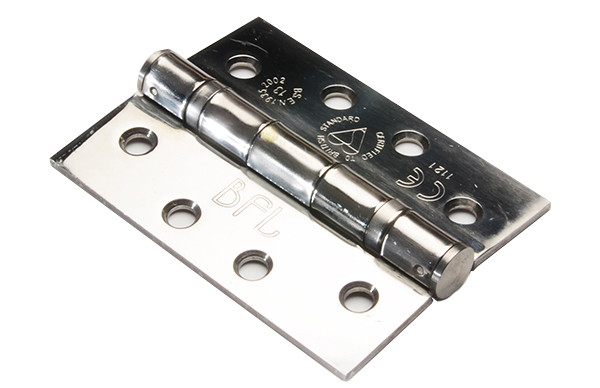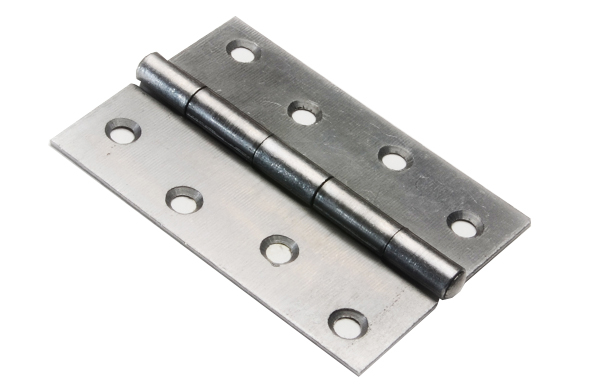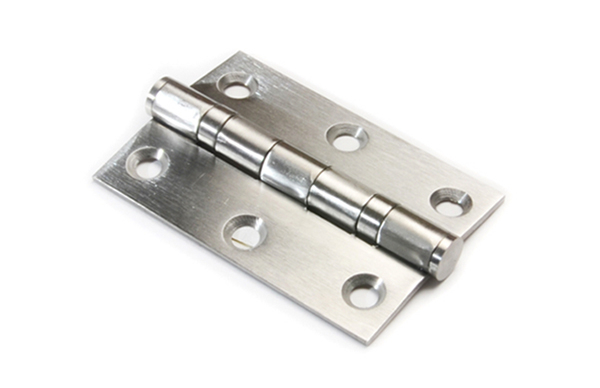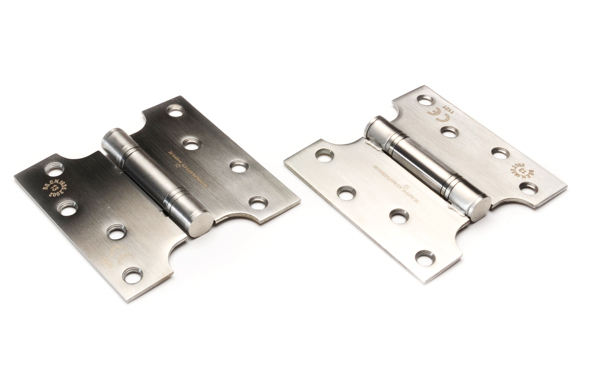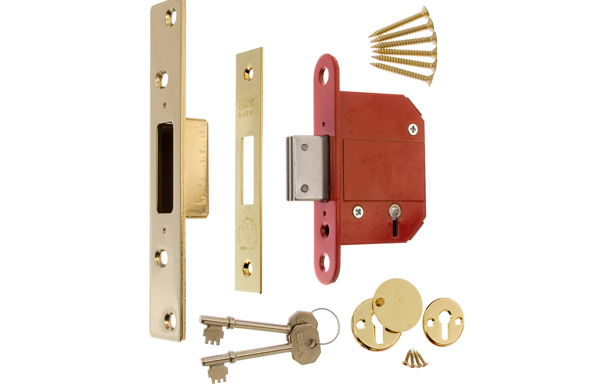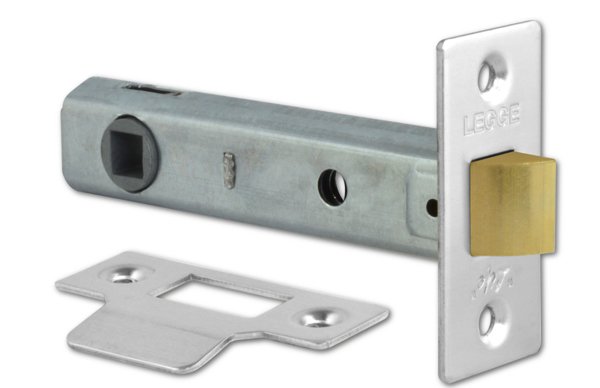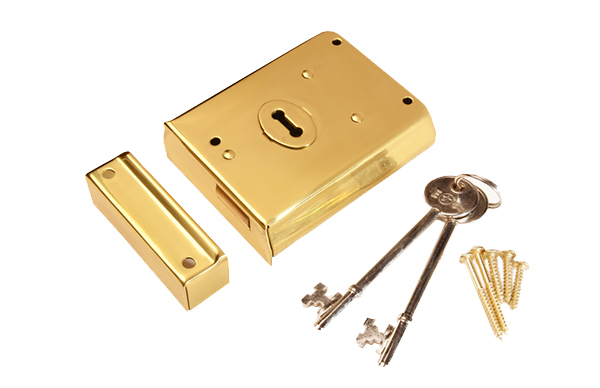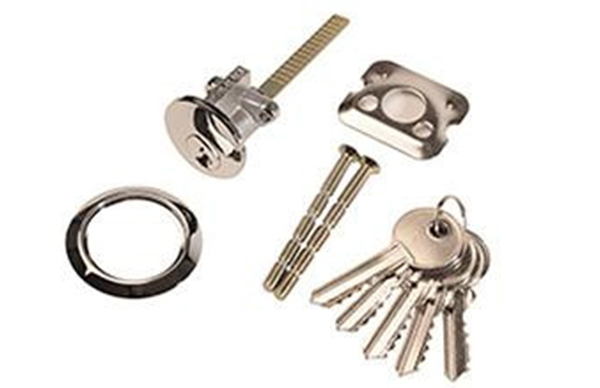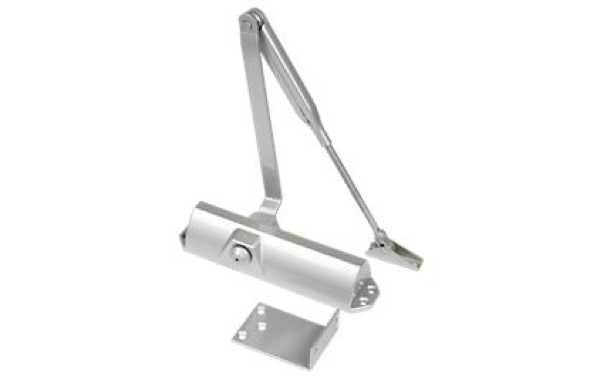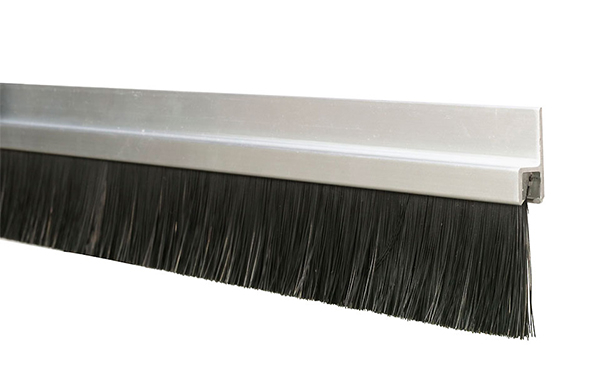About Our Door Hinges, Catches & Locks
100mm Fire Rated Hinges
Our selection of fire door hinges includes a range of different styles and sizes to suit your needs, from ball-bearing hinges to knuckle-thrust hinges. You’ll find a great range of metal finishes so that you can choose the perfect look for any business or home.
Butt Hinges
A butt hinge is designed to support large amounts of weight like a door while making it easy to open and close. They come in lots of sizes so you can hang a kitchen cabinet door or a front door, butt hinges are also available in a range of colours to match the style of all your other door furniture.
Rising Butt Hinge
When a new thicker carpet is fitted, installing a rising butt hinge will prevent the scuffing and dragging as it acts to lift the door as it is opened. Lowering it again when closed so that it still fits into the frame, as before.
Double Action Spring Hinge
These spring hinges are adjustable and execute closing action from either direction returning the door to the centre, closed position. Available in Matte Black, Zinc, Brass, Prime Coated, Oil Rubbed Bronze, and Satin Brass finishes. Also available in a floor-mounted model in multiple finishes.
Cranked Hinge
A cranked hinge is a type of speciality hardware that is often used to hang cabinet doors. All cranked hinges have at least one leaf that is bent at an angle, generally 90 degrees. Full-cranked units feature leaves that are both bent or angled.
Parliament Hinge
These are used when a door is required to open up to 180 degrees, it usually needs to clear a projection, such as a doorframe’s moulding. In this situation, parliament hinges can be used. The screw holes on these hinges are aligned along the edge of the hinge flap so the knuckle projects beyond the edge of the door. The further the projection of the knuckle, the greater the angle of the opening.
Piano Hinge
Piano hinges are also known as continuous hinges and are designed to run the full length of a door to create a seamless and durable opening. Because the hinges are so long, they offer an even distribution of the load.
A variety of types of Door Locks
1. Knob Locks
Knob locks are the most common type of door lock and the chief method of security for most doors. The lock cylinder is located in the knob instead of the door. Thus, knob locks should not be used on external doors, as they can be broken into with basic tools like a hammer or wrench.
2. Cam Locks
Cam locks are a type of fastener that allows storage to be kept intact and do so in a latent way, so as to not affect the overall appearance. They are for the most part invisible in fully constructed cabinets. Cam locks usually come with sets of furniture and cabinet kits. These types of door locks are cylindrical and are situated in the wooden part. A metal tube with a hole in one side helps position the bolt that is inserted. Certain cam locks secure cabinet doors completely, which makes them attractive measures for keeping sensitive materials. Cam locks use various tailpieces or “cams” to create a locking mechanism.
3. Deadbolt Lock Types
Deadbolts offer the best protection against burglary or break-ins. Lock bolts are moved by turning a knob or key without the use of a spring. Deadbolts feature a unique locking mechanism that resists physical attacks, battering and boring. They cannot be opened with a knife or hand tool. Deadbolt locks come in three types: single, double and C. Single-cylinder deadbolts are the simplest ones and can be activated from one side via a key. A double-cylinder deadbolt can be used with a key from both sides. A single, double and lockable thumb-turn deadbolt features a thumb-turn inside that can be locked with a key. This type of deadbolt provides the greatest flexibility and security.
4. Padlocks
Padlocks belong in the free-standing lock group. They are portable, meaning unlike other lock types, they are not permanently attached to a door or anything that uses it. Padlocks come in a variety of models that are grouped into two main categories: keyed and combination. Keyed padlocks alone are available in different subtypes, like keyed alike, keyed different and keyable. Padlocks are easy to recognize, not merely due to their mobile nature, but also because of their looped-handle shackle shape. They contain a shouldered shackle, a part in which the padlock shoulders raise the sides of the shackle to inhibit bolt cutters from cutting through it.
5. Mortise Locks
Mortise locks are powerful locks used on external doors. However, they are available in both light and heavy-duty models. They are comprised of an internal system which makes them more locksets than just locks. These locksets can house either knobs or levers and are often comprised of a cylindrical body. They are threaded and utilize mortise components added to the door. A box lock is set within the mortise, which is a deep recess at the edge of the door. Mortise locksets stay secure by using a set screw and a cam which creates the locking mechanism. The cylinder component comes in various heights and lengths for different types of doors.
Tubular Latches
A tubular latch is an essential product for a door that you wish to open and close with a door handle or doorknob. As the name suggests, the door will just 'latch' with a tubular latch fitted, it will not lock.
Rim Locks
Rim Locks and Latches have been used for centuries to lock and latch doors. They sit on the surface of the door rather than set into the edge of the door, traditionally because the door would not have been thick enough to take a mortice lock or latch. They, therefore, have a strong visual presence and will add instant character to any setting. A rim lock or latch requires a special type of doorknob (a "rim" knob) that you will need to purchase separately.
Door Viewers
Door viewers are also sometimes known as spy holes or peepholes, they allow the homeowner to identify the caller at the door without the need to open the door first making them a simple yet effective security item. They are available in different finishes so that you can match the rest of your door furniture.
Nightlatch
A Night Latch (commonly referred to as a “Yale Lock”) is a lock commonly found on home front doors; they are mounted to doors that open inwards and mounted to the inner surface of the door. When the door is closed the night latch automatically latches the door shut. The door can be kept from latching closed by keeping the door ‘on the latch’, a phrase you may have heard of. Night Latches are very simple security they are very easy to use, open the door with a key and shut the door behind you.
Door Closer
Door closers are critical life safety equipment pieces and work in a similar way to panic exit devices. When choosing a door closer you need to ensure that your fire door still shuts every single time, so choosing the right one for your home or business should not be taken lightly. Things you will need to consider are, the size and weight of the door, the location of the door, the mounting location, and not forgetting the building specifications. This large range is supplied by top trade brands meeting the BS EN standards so you can be confident in your products.
Draught Excluder
The simple use of a draught excluder around a door or window frame can drastically help keep your home warm. Our range of products includes door seals, self-adhesive strips, letterbox draught excluders and door thresholds in a wide range of colours and materials.


